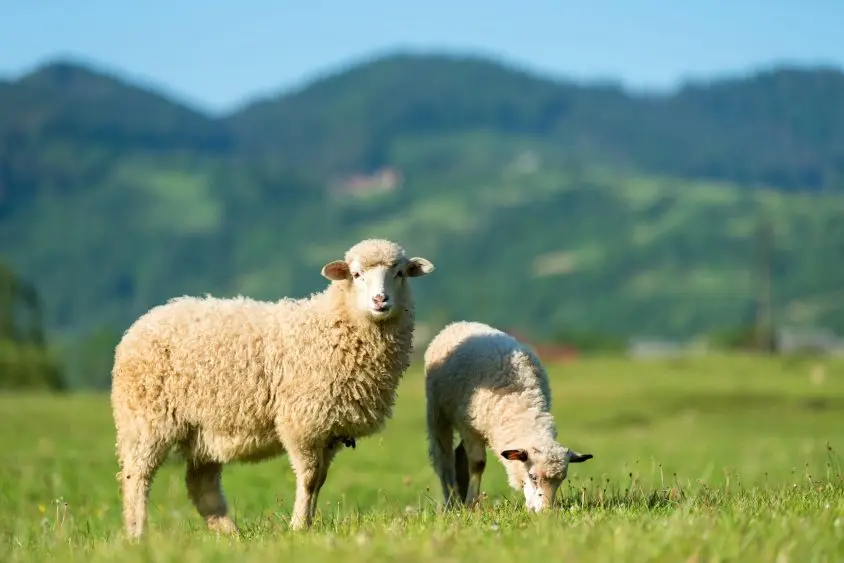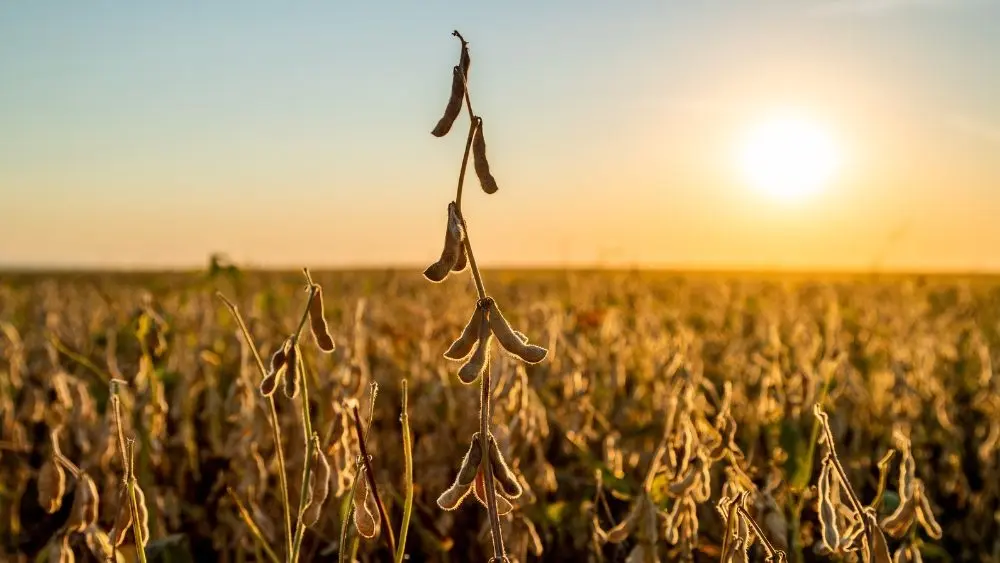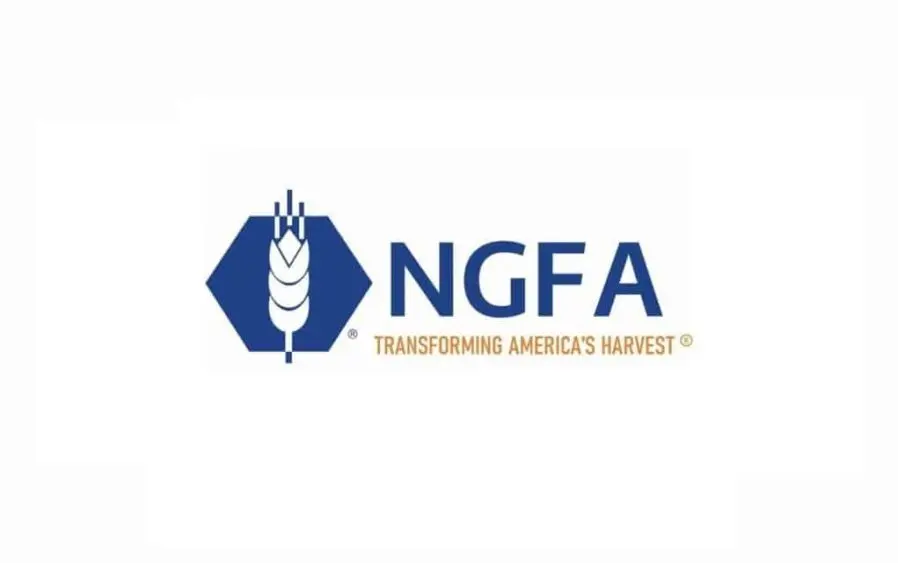Genomic selection is becoming an increasingly important tool for improving sheep genetics. By using DNA (genomic) information, producers can identify top-performing animals earlier and more accurately than using traditional methods. But when it comes to deciding which animals to genotype, the strategy used can make a big difference, especially if the goal is to maximize the accuracy of genomically-enhanced estimated breeding values (GEBV).
In a recent study, we evaluated and compared thousands of possible genotyping scenarios. Among the scenarios we considered was to choose animals at random to genotype, or to select the animals genotyped based on their higher levels of performance or their higher estimated breeding values (EBV). EBV did not consider genomic information. We also explored the impact of how many animals were genotyped and the effect of pedigree errors like misidentified sires or missing pedigree information.
The results clearly showed that randomly genotyping animals from across the flock led to more accurate GEBV. In some cases, the accuracy was up to 19% higher than what we observed under selective genotyping. When producers only genotyped animals with top phenotypes or EBV, the resulting GEBV were often biased and less reliable. In contrast, random genotyping better captured the true genetic diversity within the flock, improving the accuracy of GEBV.
Our study also found that genotyping animals from both sexes, rather than just males, further enhanced the accuracy and reduced the bias in GEBV. However, when financial resources were limited, genotyping a modest proportion of males (up to 10 percent) provided a practical starting point. Beyond this threshold, including females in the genotyping strategy became more advantageous. This likely is especially true in composite breeds, where genetic diversity is higher and accurate representation of the population is critical for robust predictions.
Although it may be tempting to focus genotyping efforts on your best-looking lambs or highest EBV animals, doing so may ultimately limit the potential of your genetic evaluations. Selective genotyping narrows the genetic picture of the animals, making it harder to capture the true genetic variation in the flocks. Random genotyping, even on a smaller scale, offers a clearer perspective of flock-wide genetics and supports better selection decisions in the long run.
This research highlights the value of designing genotyping plans with improved GEBV accuracy in mind. After a large database of animals with performance and genomic information has been established, alternative genotyping strategies might be considered. For now, a random approach, updated each year to include animals across different generations, helps ensure the flock makes steady progress toward breeding goals from a genetic perspective. This strategy offers a practical and cost-effective path to long-term success for producers using genomic tools.
For further information contact Artur O. Rocha (oliveir3@purdue.edu).
Acknowledgements. This work was supported by the Organic Agriculture Research and Extension Initiative (grant 2016-51300-25723/project accession no. 1010329), and by the Agriculture and Food Research Initiative Competitive Grant (grant 2022-67015-36073/project accession no. 1027785), from the USDA National Institute of Food and Agriculture. The USDA is an equal opportunity provider and employer. Any opinions, findings, conclusions, or recommendations expressed in this publication are those of the author(s) and do not necessarily reflect the view of the USDA.
Source: SHEEP GEMS via American Sheep Industry





